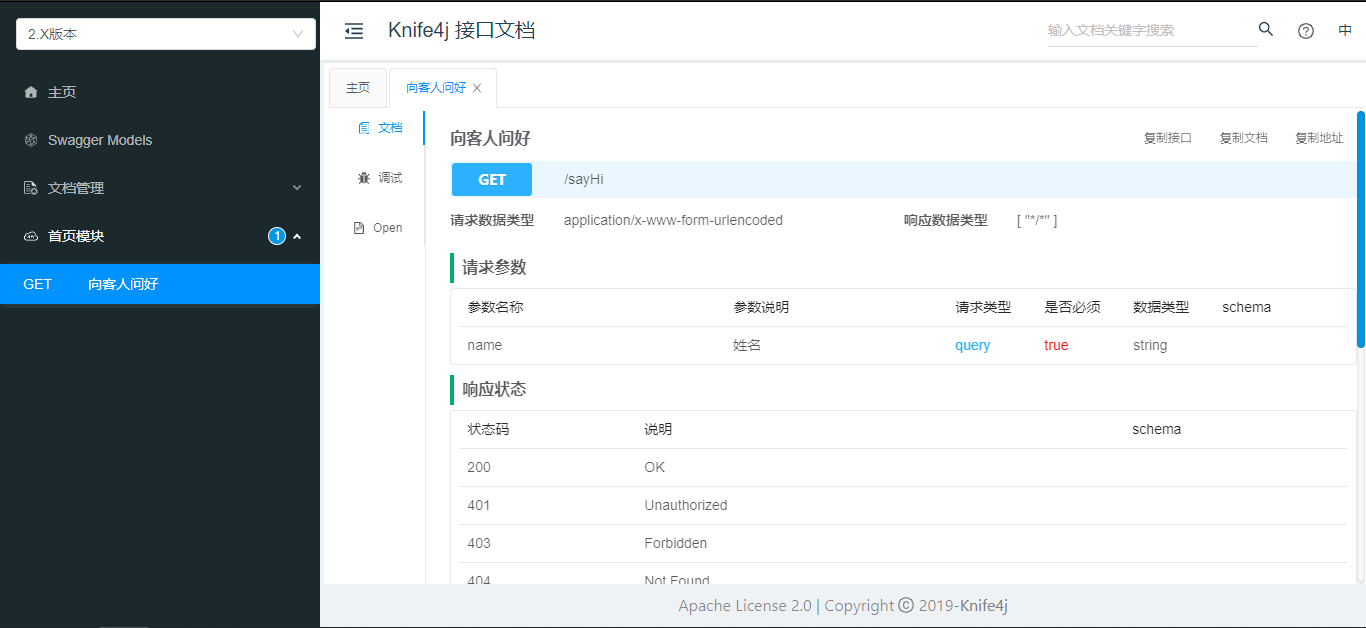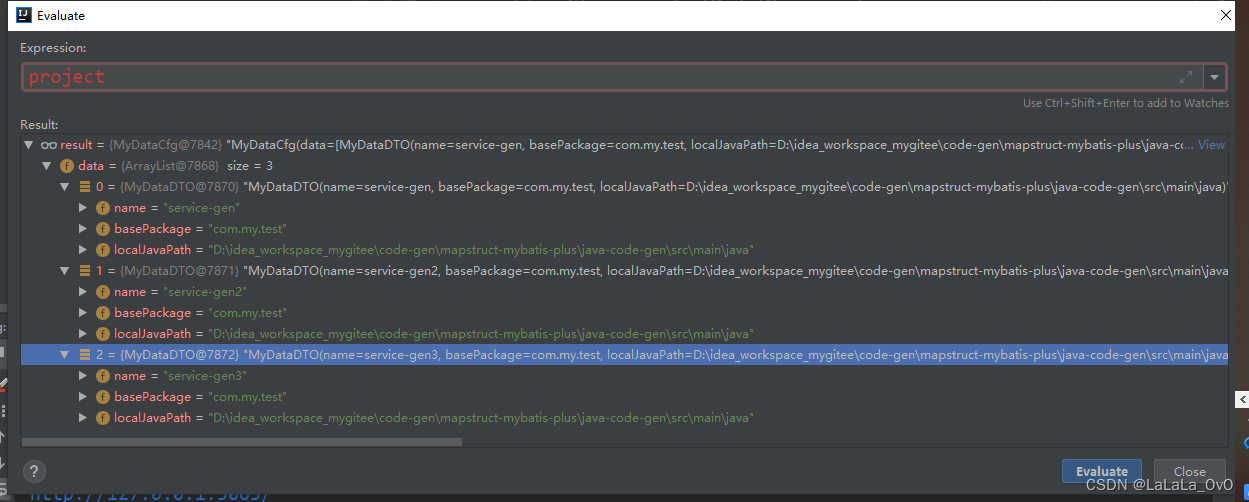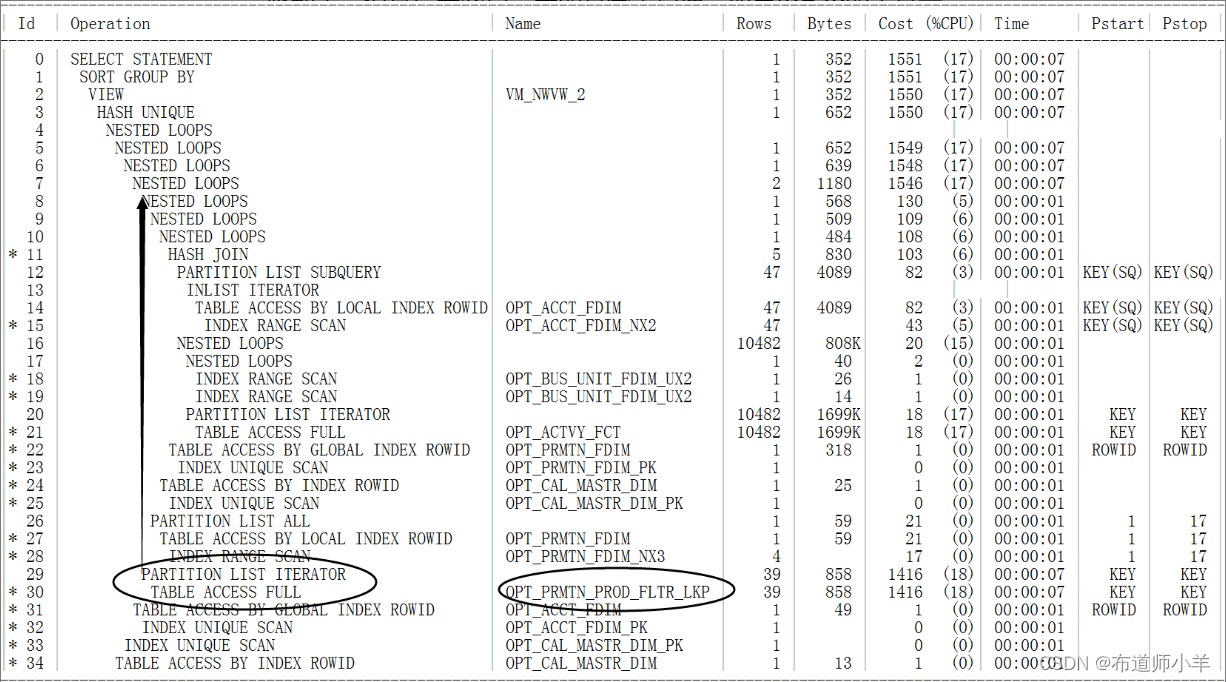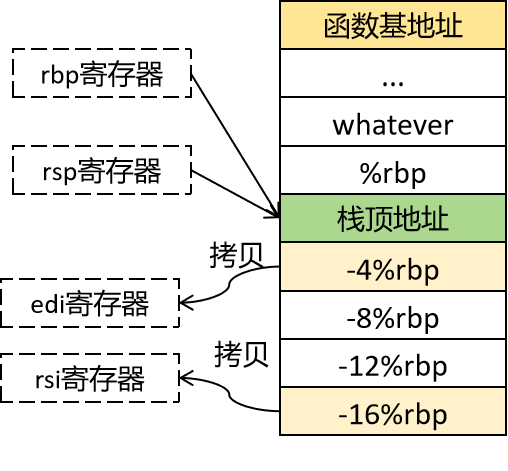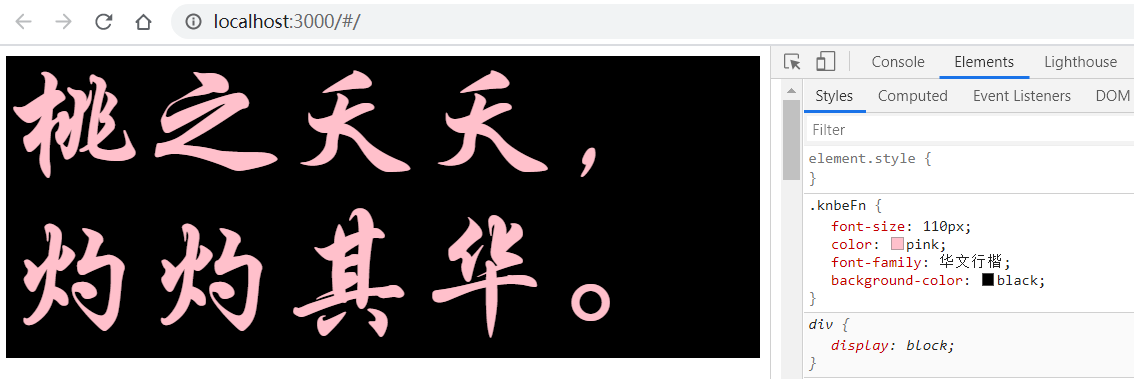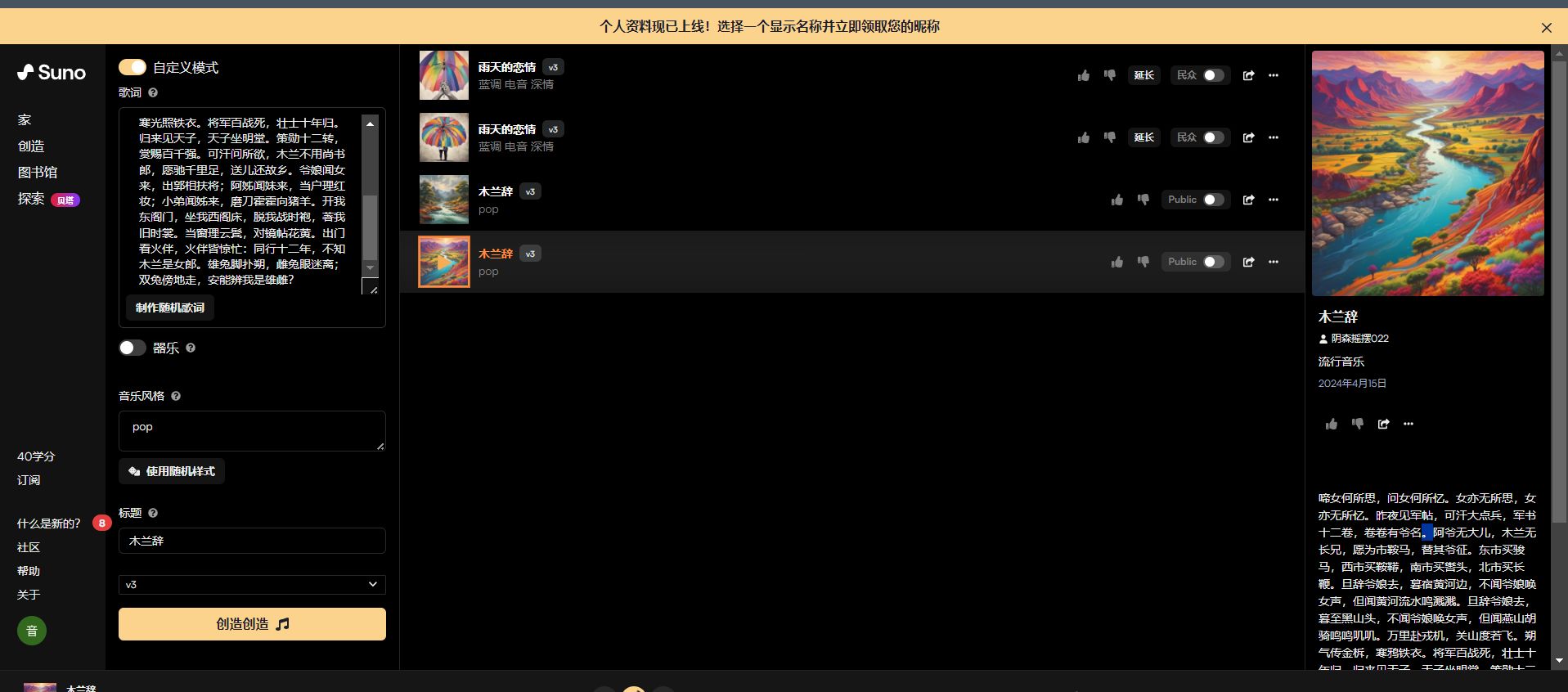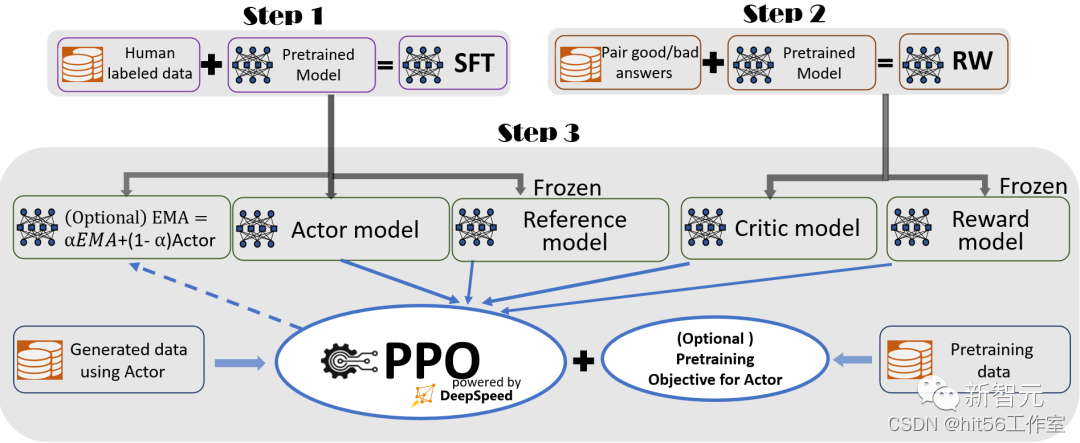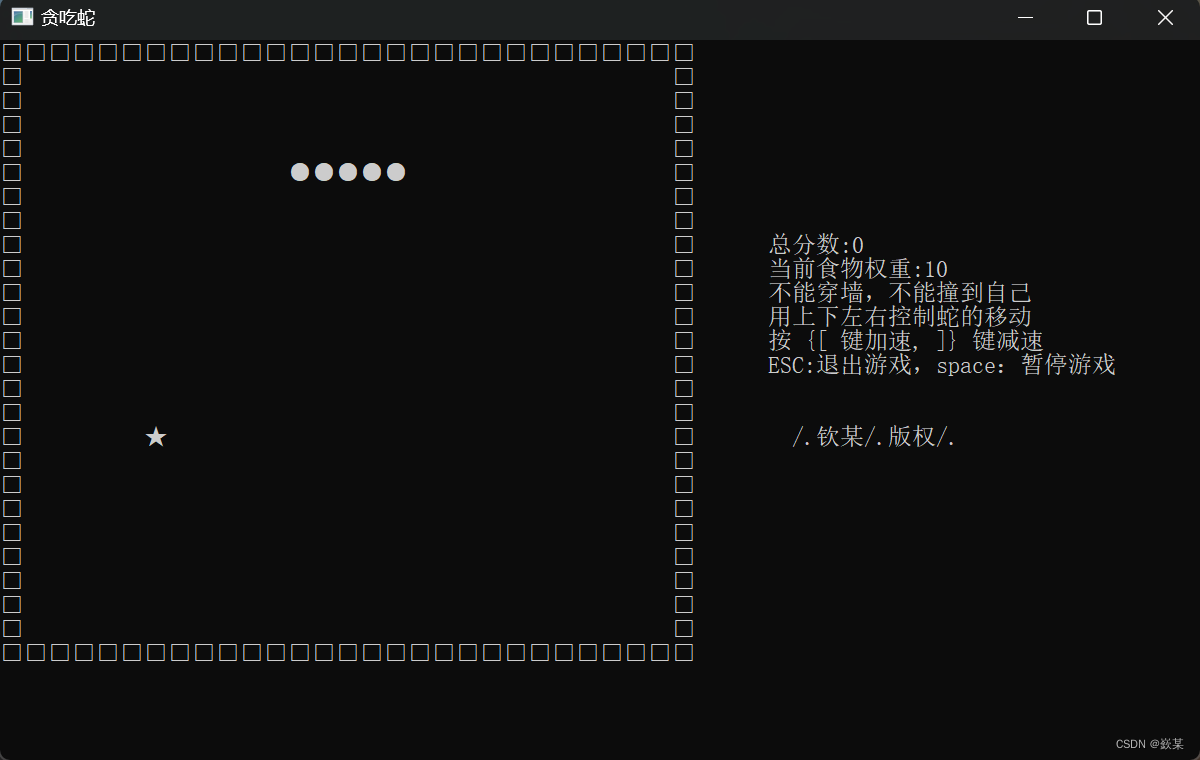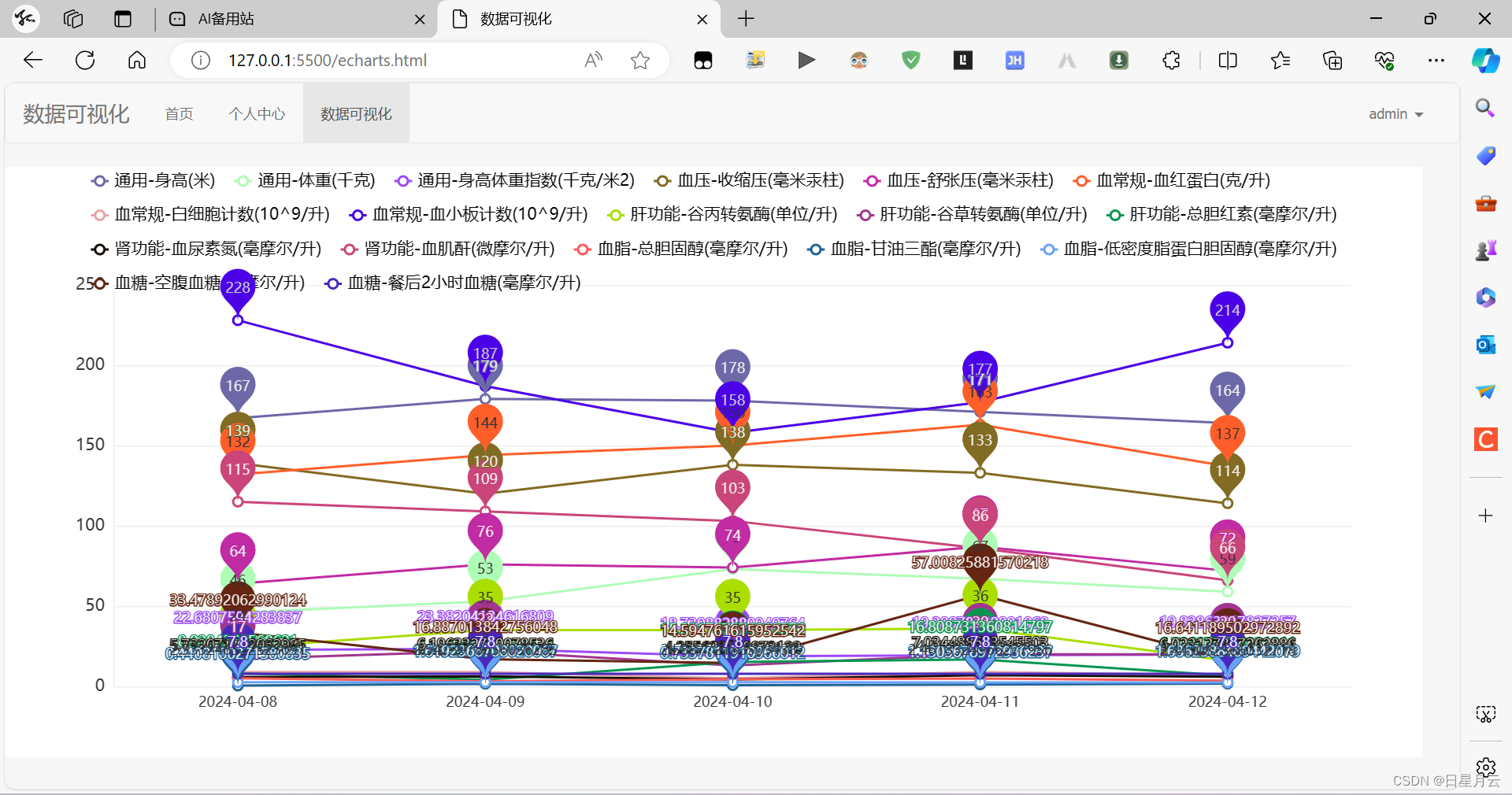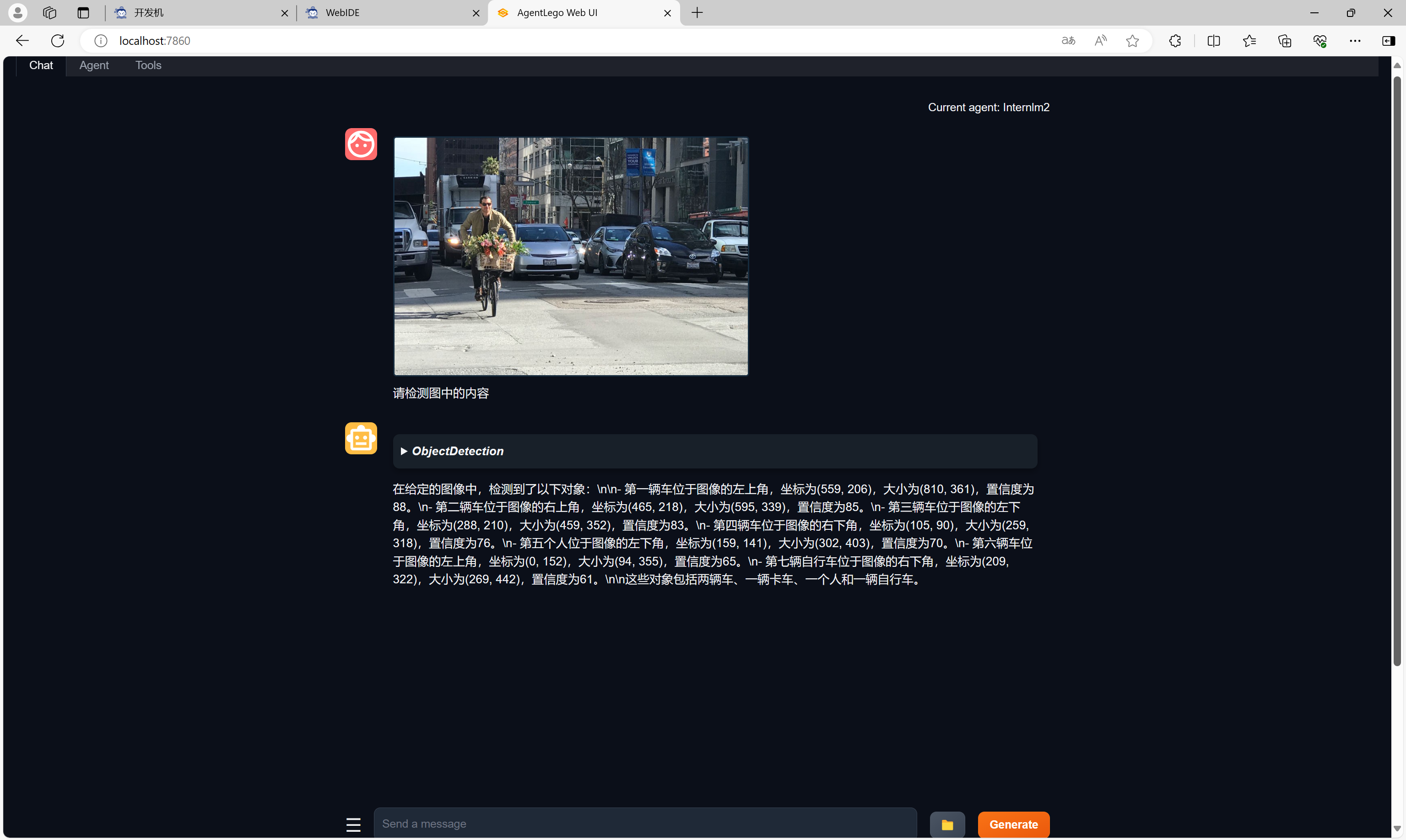本次示例使用 Spring Boot 作为脚手架来快速集成 Knife4j,Spring Boot 版本2.3.5.RELEASE,Knife4j 版本2.0.7,完整代码可以去参考 knife4j-spring-boot-fast-demo
pom.xml 完整文件代码如下
<?xml version="1.0" encoding="UTF-8"?>
<project xmlns="http://maven.apache.org/POM/4.0.0" xmlns:xsi="http://www.w3.org/2001/XMLSchema-instance"
xsi:schemaLocation="http://maven.apache.org/POM/4.0.0 https://maven.apache.org/xsd/maven-4.0.0.xsd">
<modelVersion>4.0.0</modelVersion>
<parent>
<groupId>org.springframework.boot</groupId>
<artifactId>spring-boot-starter-parent</artifactId>
<version>2.3.5.RELEASE</version>
<relativePath/>
</parent>
<groupId>com.github.xiaoymin</groupId>
<artifactId>knife4j-spring-boot-fast-demo</artifactId>
<version>1.0</version>
<name>knife4j-spring-boot-fast-demo</name>
<description>Demo project for Spring Boot</description>
<properties>
<java.version>1.8</java.version>
</properties>
<dependencies>
<dependency>
<groupId>org.springframework.boot</groupId>
<artifactId>spring-boot-starter-web</artifactId>
</dependency>
<dependency>
<groupId>com.github.xiaoymin</groupId>
<artifactId>knife4j-spring-boot-starter</artifactId>
<version>2.0.9</version>
</dependency>
<dependency>
<groupId>org.springframework.boot</groupId>
<artifactId>spring-boot-starter-test</artifactId>
<scope>test</scope>
<exclusions>
<exclusion>
<groupId>org.junit.vintage</groupId>
<artifactId>junit-vintage-engine</artifactId>
</exclusion>
</exclusions>
</dependency>
</dependencies>
<build>
<plugins>
<plugin>
<groupId>org.springframework.boot</groupId>
<artifactId>spring-boot-maven-plugin</artifactId>
</plugin>
</plugins>
</build>
</project>
第一步:在 maven 项目的pom.xml中引入 Knife4j 的依赖包,代码如下:
<dependency>
<groupId>com.github.xiaoymin</groupId>
<artifactId>knife4j-spring-boot-starter</artifactId>
<version>2.0.9</version>
</dependency>
第二步:创建 Swagger 配置依赖,代码如下:
import org.springframework.context.annotation.Bean;
import org.springframework.context.annotation.Configuration;
import springfox.documentation.builders.ApiInfoBuilder;
import springfox.documentation.builders.PathSelectors;
import springfox.documentation.builders.RequestHandlerSelectors;
import springfox.documentation.service.ApiInfo;
import springfox.documentation.service.Contact;
import springfox.documentation.spi.DocumentationType;
import springfox.documentation.spring.web.plugins.Docket;
import springfox.documentation.swagger2.annotations.EnableSwagger2WebMvc;
@Configuration
@EnableSwagger2WebMvc
public class Knife4jConfiguration {
@Bean(value = "defaultApi2")
public Docket defaultApi2() {
return new Docket(DocumentationType.SWAGGER_2)
.apiInfo(getInfo())
//分组名称
.groupName("2.X版本")
.select()
//这里指定Controller扫描包路径
.apis(RequestHandlerSelectors.basePackage("com.test.controller"))
.paths(PathSelectors.any())
.build();
}
private static ApiInfo getInfo() {
return new ApiInfoBuilder()
.title("xxxxx软件系统")
.description("# xxxx是基于 xx平台的新一代 软件系统")
.termsOfServiceUrl("http://www.test.com/")
.contact(new Contact("mabh","http://www.test.com","test@test.com"))
.version("1.0")
.build();
}
}
RequestHandlerSelectors.basePackage 要改成你自己的。
IndexController.java包含一个简单的 RESTful 接口, 代码示例如下:
import com.test.TabaseWebDemo.Sex;
import com.test.TabaseWebDemo.UserModel;
import io.swagger.annotations.Api;
import io.swagger.annotations.ApiImplicitParam;
import io.swagger.annotations.ApiOperation;
import io.swagger.annotations.ApiParam;
import org.springframework.http.MediaType;
import org.springframework.http.ResponseEntity;
import org.springframework.web.bind.annotation.*;
import springfox.documentation.annotations.ApiIgnore;
import java.util.Arrays;
import java.util.List;
@Api(tags = "首页模块")
@RestController
public class IndexController {
@ApiImplicitParam(name = "name",value = "姓名",required = true)
@ApiOperation(value = "向客人问好")
@GetMapping(value = "/sayHi",produces = MediaType.APPLICATION_JSON_VALUE)
public ResponseEntity<String> sayHi(@RequestParam(value = "name") String name){
return ResponseEntity.ok("Hi:"+name);
}
@GetMapping("/user")
@ApiOperation("获取用户信息接口")
public String getUser(
@ApiParam(value = "用户ID", required = true) @RequestParam("id") String userId) {
// 根据用户ID获取用户信息
return "用户信息:" + userId;
}
@PostMapping("/user")
@ApiOperation("创建用户接口")
@ApiImplicitParam(name = "user", value = "用户对象", required = true, dataType = "User")
public String createUser(@RequestBody UserModel user) {
// 处理用户创建逻辑
return "用户创建成功!";
}
// 获取所有
@GetMapping(value = "/users",produces = MediaType.APPLICATION_JSON_VALUE)
@ApiOperation("获取所有用户接口")
public List<UserModel> getAllUsers() {
// 处理获取所有用户逻辑
return Arrays.asList(
new UserModel("张三", Sex.man,18),
new UserModel("李四", Sex.woman,20),
new UserModel("王五", Sex.man,22),
new UserModel("赵六", Sex.woman,24)
);
}
@ApiIgnore
@GetMapping("/ignore")
public String ignore() {
return "这个接口被忽略";
}
}
import io.swagger.annotations.ApiModelProperty;
public class UserModel {
@ApiModelProperty(value = "用户名", required = true)
private String username;
@ApiModelProperty(value = "性别", required = true)
private Sex sex;
@ApiModelProperty(value = "年龄", required = true)
private int age;
public UserModel() {
}
public UserModel(String username, Sex sex, int age) {
this.username = username;
this.sex = sex;
this.age = age;
}
public String getUsername() {
return username;
}
public void setUsername(String username) {
this.username = username;
}
public Sex getSex() {
return sex;
}
public void setSex(Sex sex) {
this.sex = sex;
}
public int getAge() {
return age;
}
public void setAge(int age) {
this.age = age;
}
}
public enum Sex {
man,woman
}
此时,启动 Spring Boot 工程,在浏览器中访问:http://localhost:8080/doc.html
更多注解使用方法:
https://github.com/swagger-api/swagger-core/wiki/Annotations
界面效果图如下:
